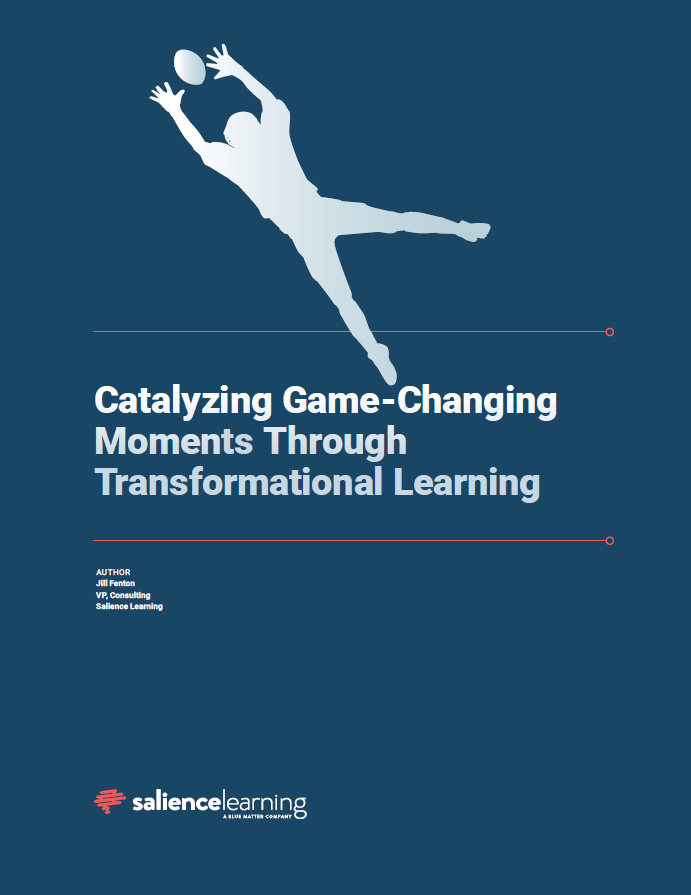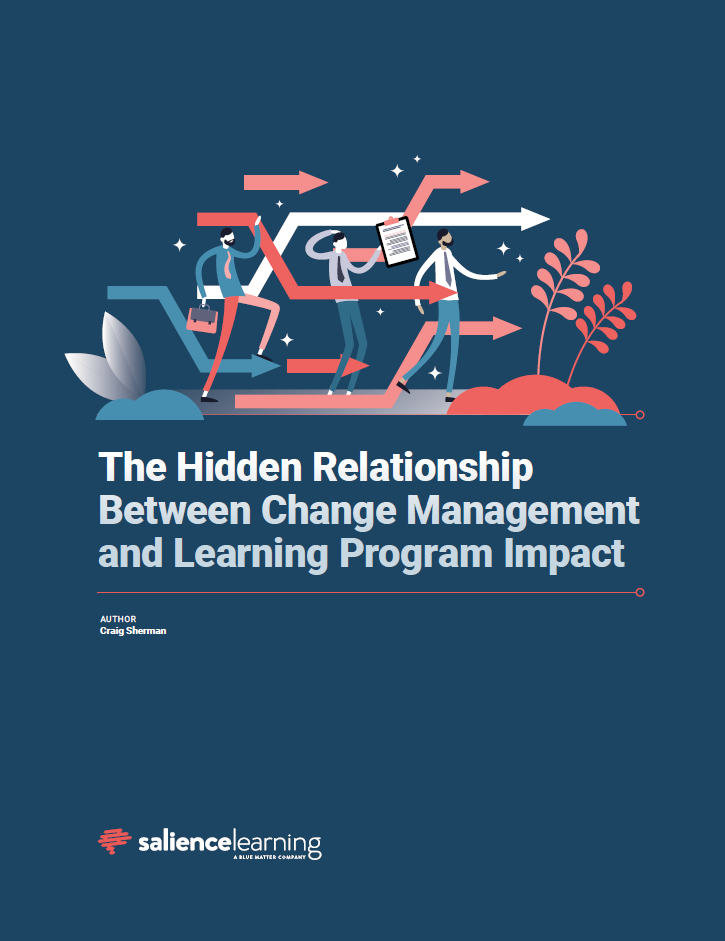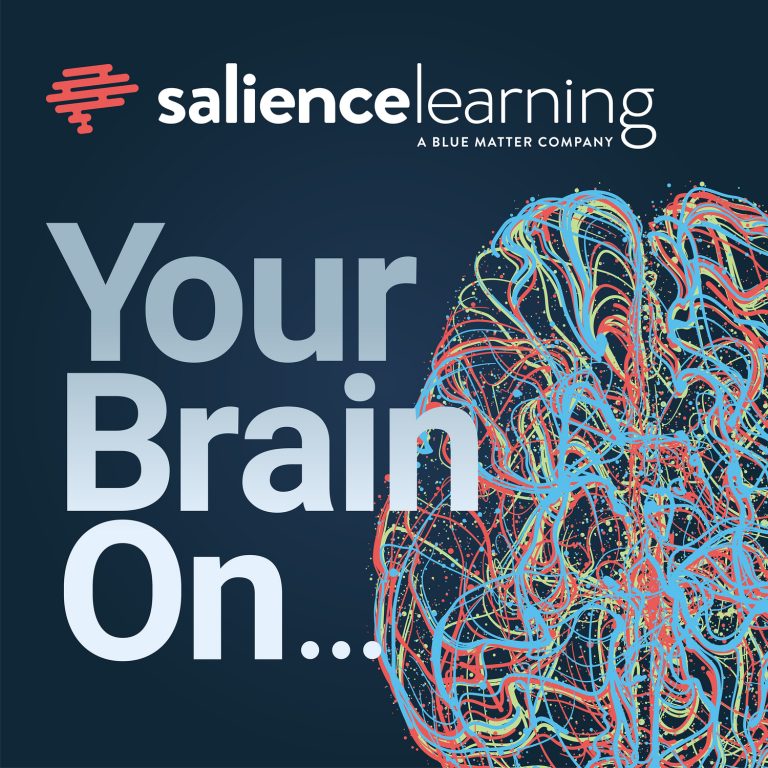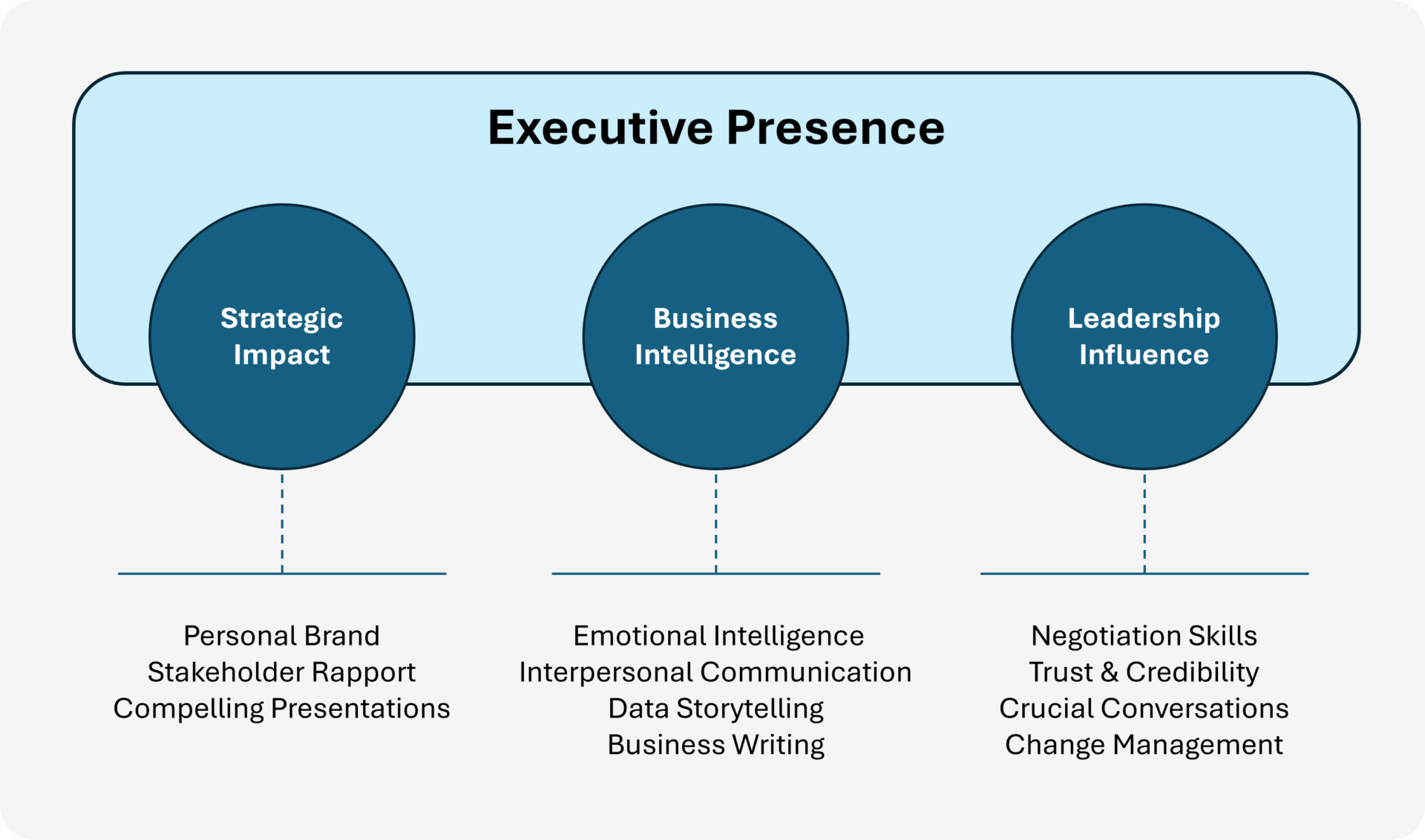Change is difficult.
Not exactly an earth shattering revelation?
Because of its difficulty, you’d think we’d shy away from change. The reality is that it’s ever present in our lives. Personally, we dabble with it; new workouts, new hobbies, new experiments with how we spend our time. Within organizations, it’s a constant. There are new systems being rolled out, restructuring of teams and/or functions, and new skills that employees need to develop.
At the core of each of these changes is learning. Learning how to engage with the new system, learning how to operate within the new structure, and learning the new skill and how to apply it productively.
However, this relationship between learning and change is often hidden. Change management is often disregarded or viewed as an afterthought, something that can be covered within an email as part of the learning experience. This approach underestimates the difficulty of adopting and sustaining a change. Whether it’s asking team members to do new behaviors or work with a different tool, we need to understand that people tend to stick with the current state and find it difficult to change, with some even actively resisting change.
To overcome this difficulty, we need to go beyond a simple email and instead view learning programs and change management as one. For L&D professionals, it’s about understanding how to embed change management within learning programs to maximize the likelihood of achieving the desired results. To do this, we can leverage the ABCD change management principles for learning programs. Let’s explore them below.
ABCD Change Management Principles for Learning Programs
All of these principles are very important, and failing to address any single one can greatly reduce a program’s ability to drive the desired behavior changes:
- Anchor to motivation
- Build role models
- Craft science-based training
- Design continuous reinforcement
Anchor to motivation
Before any learning program fully kicks off, it’s important to articulate the “Why?” from both the organization’s perspective as well as the learner’s. This can be tricky though, as in many cases organizations tend to overemphasize the corporate Why while under emphasizing–or even neglecting–the learner’s individual Why.
From a motivational standpoint, it’s critical to help learners understand why the requested change is important for each of them personally. For example, will it help learners accelerate their career development, gain prestige within the organization, expand their responsibilities, get promoted and/or earn more money, or promote personal values that are important to them? If so, then they will be more motivated to take the learning seriously.
A good communications plan should roll out in the early part of the program, focused on helping learners understand the Why from both perspectives. Communicating the Why early and often helps articulate the need for the change. This understanding motivates participants to fully engage with the change, making it more likely that the learning program is successful.
Build role models
What do I mean by “role models?” Simply put, leaders in the organization—those who lead or manage the learners, or those who have more seniority or status than the learners—should model the desired behavior change on some level. This shows the learners “what good looks like” while reinforcing that the organization is fully committed to the new behavior and is not just pushing a short-term trend.
For example, we worked with a client to roll out a leadership development program to help first-line leaders more effectively provide feedback to their team members. To reinforce how important this was, we also included similar training for the 2nd line leaders. It was important that the primary learners (first-line leaders) received effective feedback from their own bosses. This helped the learners see, first-hand, why properly-delivered feedback is important. It also communicated the importance of delivering feedback as a skill required to reach the next level of the career ladder. This created motivation for them to take the training seriously and become better leaders themselves.
Craft science-based learning
There are many theories, principles, tools, and techniques for designing learning experiences that maximize uptake and retention, and that facilitate application. We can’t hope to review all of them here, as that would take several books. However, we can hit a few high points.
For anyone reading this article, it should be common knowledge that “one and done” training programs are not ideal: a single 2-hour training session will not drive change by itself. After all, how many of us have gone through a training only to forget the majority of it a day later? Ebbinghaus’ Forgetting Curve shows us that learners tend to forget a lot of new information within just a few hours of receiving it. Over subsequent days, they forget even more, losing around 90% of the new “knowledge” after a month.
That’s why designers must incorporate design elements or principles that help learners absorb knowledge and then apply it when needed. Spaced learning is one such principle.
Providing recurring experiences for the learners to actively engage with the material will create more durable and accessible “neural pathways” in the brain. This dramatically increases retention and substantially raises the likelihood of the desired change “sticking.”
Social learning is also useful. Having learners talk about the change with peers and leaders, with a focus on applicability and experience in a safe environment, is very effective in helping learning “stick.” It also helps learners more effectively apply their new knowledge and skills in their jobs. Other techniques are also useful, such as having actual subject matter experts (SMEs) present the content and incorporating active, practical application into the learning process.
Design continuous reinforcement
After the learning experience is over, the program should incorporate elements that aid and support learners as they go out into the world and apply what they’ve learned. Again, the tools and techniques for this are seemingly endless, but we can hit a few high spots.
First, reference tools and job aids can be very helpful. They can provide quick-access support to help learners apply the new behavior or better utilize the new system and/or process.
Organizational support is also important. This includes targeted updates to systems so that they make expected new behaviors easier to accomplish while also reinforcing them. One example of this would be to alter the performance review process to reflect the new behaviors or new process that you want individuals to engage with. Reframing performance so that it reflects the desired change creates a formal incentive that will drive new behaviors.
Another example would be to create new capability, competency, and skill models to reflect the new behaviors and processes you want people to engage with. Connecting these expectations to the learner’s role is another way to help ensure the change sticks.
Parting Thoughts
Hopefully, this brief article has demonstrated that change management and learning are deeply intertwined when it comes to creating behavior change. Without effective change management, the impact of any learning program will be appreciably diminished. In addition, I hope the ABCD principles described above are helpful as you consider the design and rollout of your next learning program. It should help you—and all the right stakeholders—stay focused on the key things that will drive positive change and program success.
Throughout the year, we will continue to publish helpful resources, including articles, white papers, videos, and podcasts, on our website. To see the latest from Salience Learning, click here. If you’d like to connect with Salience Learning about a potential L&D need, then please fill out a Let’s Connect form on our website. We hope to speak with you soon!



















